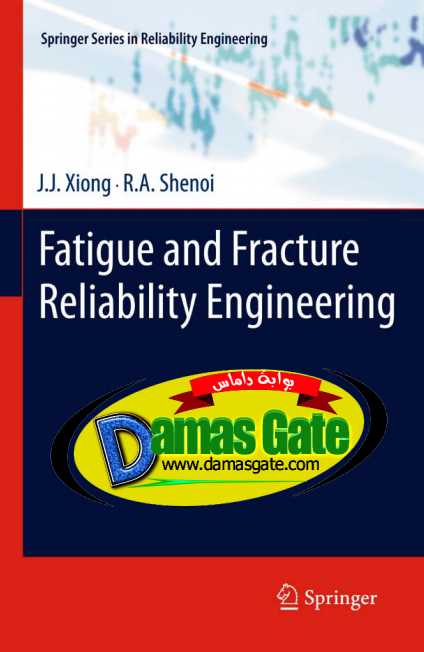Fatigue and Fracture Reliability Engineering

Preface
It has been reported that [1, 2] 80–90% of failures in load bearing structures are
related to fatigue and fracture. Therefore, fatigue reliability analyses now are
widely used to underpin design for safe operation of such artefacts. Fatigue
loading on engineering structures results in the onset of damage which, from time
to time, will require repair. This can be expensive if the structure/artefact has to be
taken out of service for the repair to be effected. Occasionally, if the damage is not
identified at an early stage, there is a likelihood of sudden, catastrophic failure.
Thus it is important to determine, as precisely as possible, the service life and
inspection periods in order to ensure safety. From practice, it is proved that
because of the random nature of external loading on structure and the internal
heterogeneity of the structural material and manufacturing variabilities, for the
same style of structure under the same load conditions, the full-lives display large
variations. Thus, it is difficult for a deterministic methodology to evaluate the
service life of the product sample and to include the randomness above mentioned.
Thus also there is a need for probabilistic approaches through a combination of
probabilistic statistics and mechanics.
Download
http://s18.alxa.net/s18/srvs2/02/001...ngineering.rar